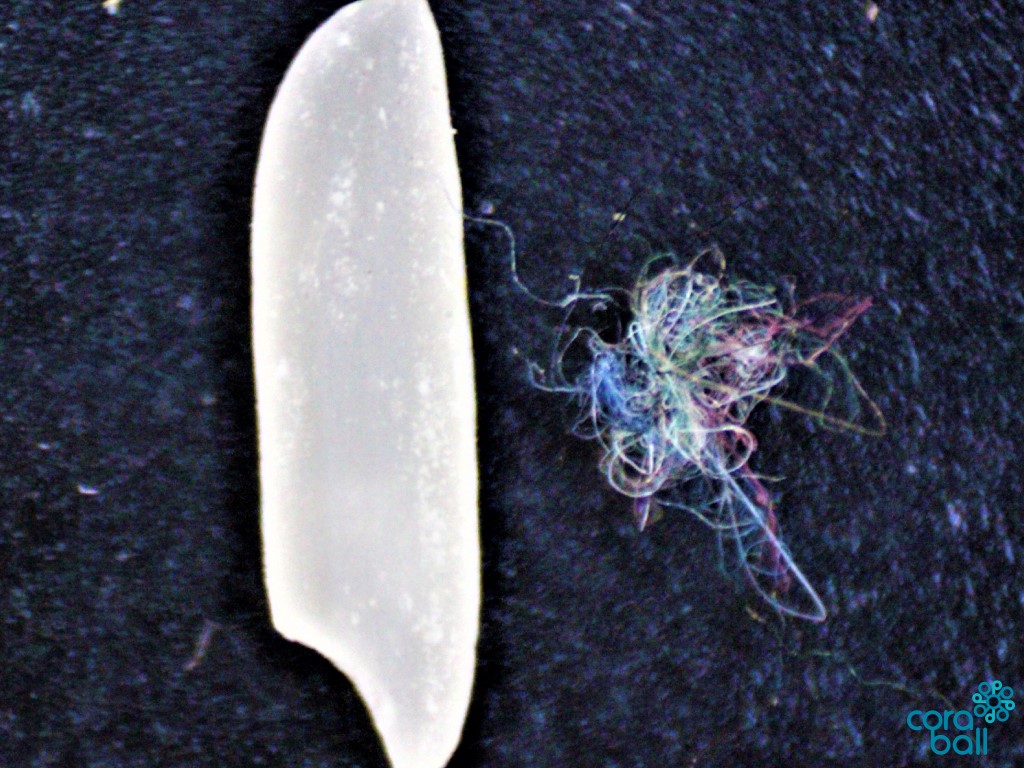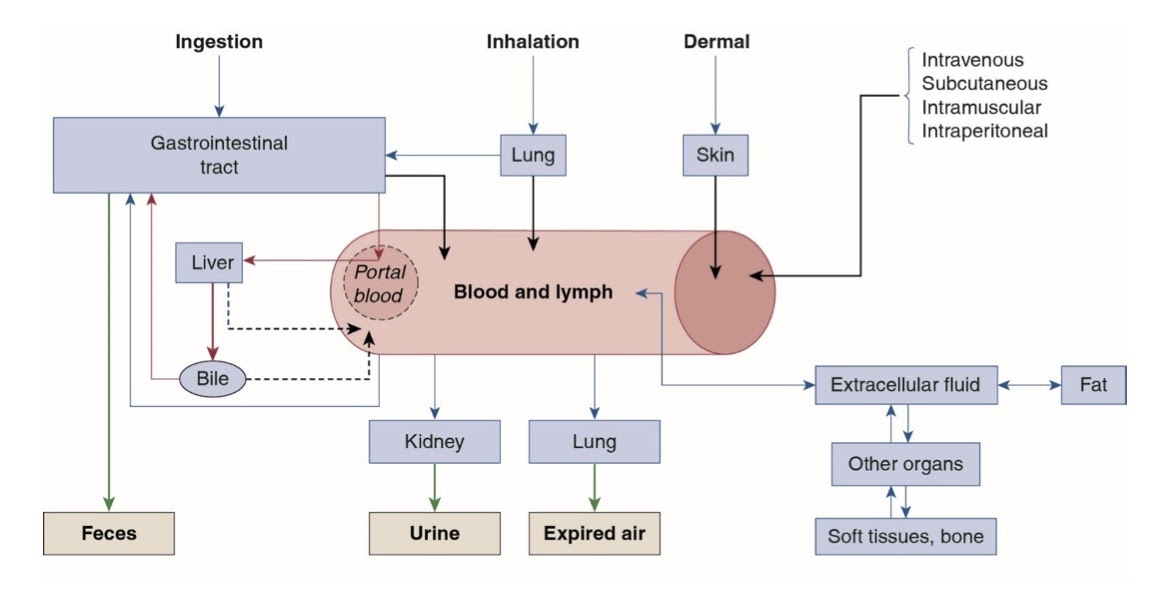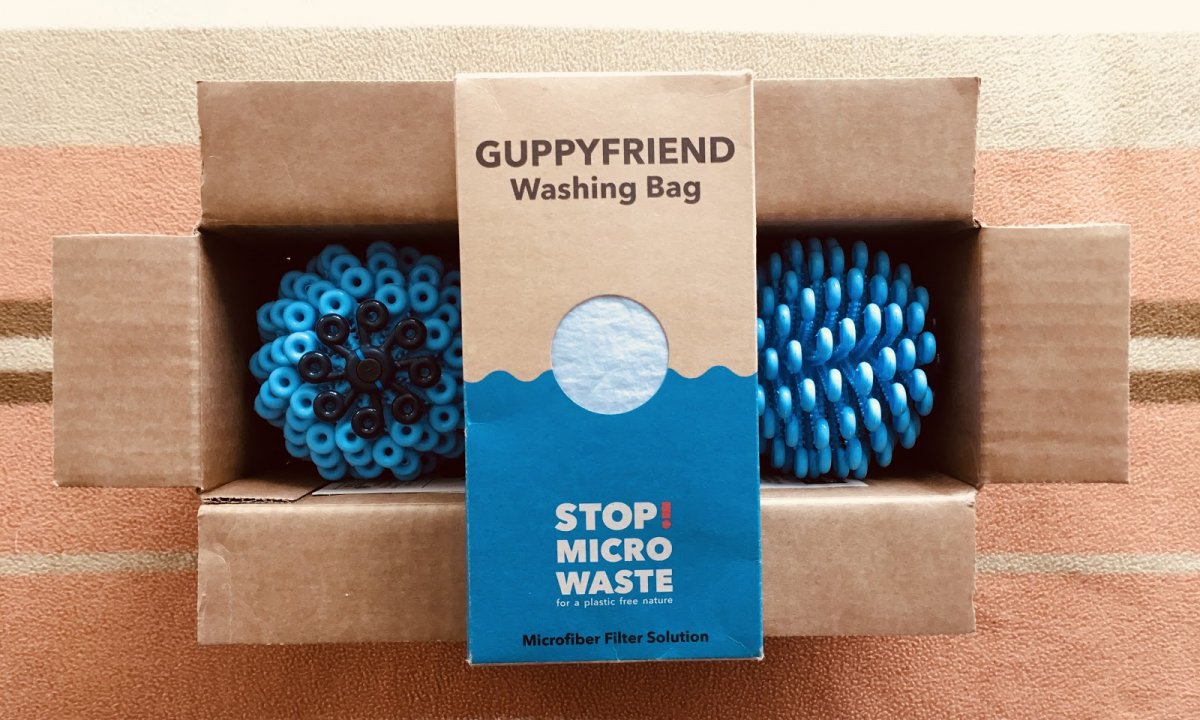It is widely known that the plastic pollution within our oceans has hit nearly catastrophic levels but what you may not know is that one of the largest pollutants comes from microfiber, one of the most dangerous forms of microplastic. In a paper published by ecologist Marc Browne, he found that microfibers are responsible for 85% of shoreline pollution around the world and according to other research it is anticipated that there is 1.5 million trillion of microfibers present in the ocean to date.

Plastic microfibers are very small thread-like fibers that can come from both natural and synthetic fabrics. Sample microfiber next to grain of rice. Image courtesy of Rozalia Project. via Marine Litter Solutions
Although there are ways in which to reduce your microfiber input, it is important to mention that “wastewater treatment plants filter out around 98-99% of the microfibers before running the filtered water out into the ocean. Unfortunately, these plants generally handle such high amounts of water that the 1-2% of microfibers that make it through can still lead to millions of microplastics in the ocean every day,” according to
The Microplastics Crisis–You are the first responder published by Harvard.
These microplastics reach our waterways through our repeated washing and drying cycles. When you wash an article of clothing made out of synthetic fabric such as polyester it releases tiny pieces of plastic into the water. According to a study, for an average wash load of 13 pounds, over 700,000 fibers could be released per wash. “700,000 micro fleeces are released from each garment through domestic laundry,” according to a study titled
Marine Microfiber Pollution published by ScienceDirect.
These microplastics travel from our homes through our waterways, ultimately ending up in our oceans where it either sinks to the sea bed destroying marine life or floats at the surface where it gets ingested by sea animals. Beyond the hugely negative impact to the environment, it pollutes our drinking water and has shown up more frequently in fish and shellfish sold in California for human consumption. These microplastics aren’t just affecting marine life, but the human population.
When our guts are the filter:
Graph by Dr. Hans Bouwmeester of Wageningen University & Research

This chart depicts the systems in your body which interact with microplastics
There are simple ways to help in reducing microfiber pollution:
- Avoid buying clothing made of synthetic materials such as polyester, acrylic, and nylon
- Always run a full laundry load to reduce the friction between clothes, wash with cold water, and air dry
- Invest in a washing machine attachment that will filter out the microfibers from your laundry load - they run up to about $150. Fitrol has been highly reviewed and is easy to install yourself.
- And lastly, the easiest and most budget-friendly solution would be a guppyfriend bag (shown below) and/or a cora ball which simply goes inside for the wash cycle. Prices for both range around $35.

Pictured: Guppyfriend Washbag
In addition to implementing solutions within your household, a cost-free action you can take is pressuring your elected officials to take action.
Another important name is
Assemblyman Richard Bloom of Santa Monica (District 50). He has been an ally taking action to reduce microplastic pollution and introduced two bills in 2018 specifically targeting microplastics:
AB 129 which proposes filtration systems in washers that catch microplastics in addition to
AB 2379 which would inform the public on all clothing made from 50% or more polyester with a label that warns of plastic microfiber shedding and recommends hand washing.
Unfortunately, these bills never came to fruition. It is important for the public to support bills of this nature to help in getting them over the line. I hope that Assemblyman Richard Bloom will continue to fight and introduce further microplastic bills for the 2021 state legislative session.



